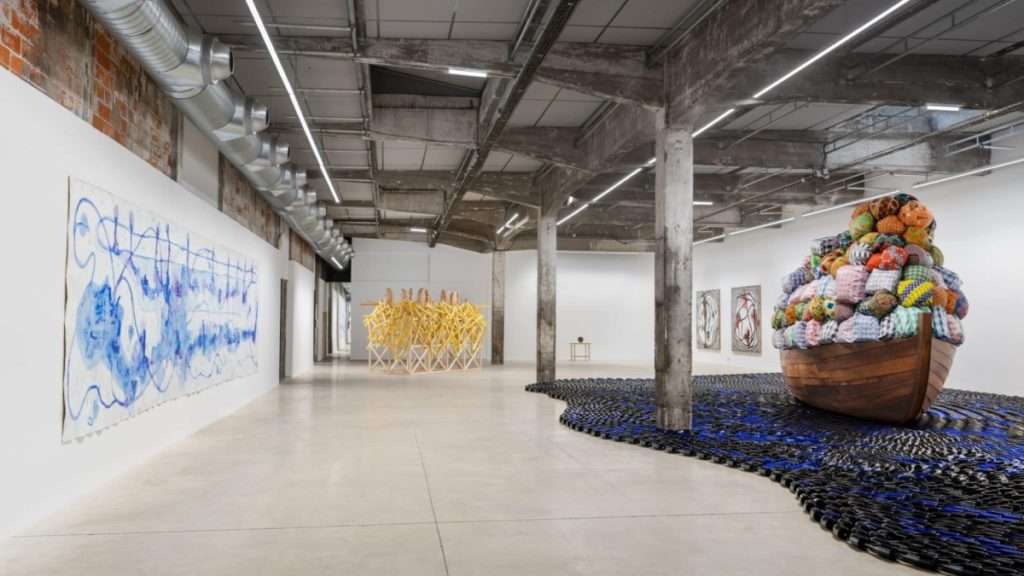Barthélémy Toguo, nascido nos Camarões em 1967, formado em várias escolas de arte (na Costa do Marfim, França e Alemanha), é um artista de renome internacional, tem as obras expostas em numerosas colecções, Bibliothèque Nationale de France, Musée Rodin, Foundation Vuitton em Paris, Tate Modern em Londres, MoMA em Nova Iorque, estão entre as principais.
Nomeado Artista da UNESCO para a Paz em outubro de 2021, é um artista multicultural, politicamente empenhado e multidisciplinar que utiliza o desenho, a aguarela, a pintura, a tinta, a gravura, a escultura e a fotografia para criar vídeos, instalações e performances que questionam a nossa humanidade, denunciam as disfunções do nosso mundo e examinam a desigualdade de oportunidades e a inevitabilidade da discriminação. O trabalho de Barthélémy Toguo está patente em duas exposições em Nantes, França, até ao outono.
Desde há vários anos, de dois em dois anos, o Musée d’Histoire de Nantes convida um artista do continente africano a dar o seu ponto de vista sobre os objectos das suas colecções, a fim de questionar a nossa visão da história colonial. Depois de Moridja Kitenge Banza em 2018 e Romuald Hazoumé em 2021, é a vez de Barthélémy Toguo e dos seus convidados (Jean-François Boqué, Rosana Paulinho, Monica Toiliye, Kara Walker, François Wassouni e Moreira Chonguiça) acrescentarem à riqueza do evento de 2023, para a 3ª edição da bienal Expression(s) décoloniale(s). “As sequelas da nossa história são muitas e variadas. Falando não só do passado mas também do presente, os artistas contemporâneos ajudam-nos a reavivar a nossa história comum”, explica Krystel Gualdé, directora científica do museu e curadora da bienal.
Inhabiting Earth, patente até 17 de setembro de 2023 na HAB Galerie, leva-nos numa viagem através da obra do artista, que escolheu reunir várias obras monumentais e emblemáticas como Road to Exile e Urban Requiem, que nos mergulham nas questões do exílio e da violência infligida àqueles que arriscam as suas vidas ao tentar atravessar fronteiras. A exposição completa-se com a apresentação da Estação de Bandjoun, um lugar que combina uma escola de criação artística, um centro cultural, uma residência para artistas e investigadores de todo o mundo desenvolverem propostas em sintonia com a comunidade local e, finalmente, uma quinta num espírito de desenvolvimento sustentável e saudável, exprimindo o desejo de Barthélémy Toguo de ver o homem e o seu corpo coabitarem em harmonia com a natureza. “A minha ideia era juntar a arte clássica africana e a arte contemporânea mundial, expor estas obras no mesmo espaço, sem guetização ou hierarquia de valores”, explica.
Outra obra recente e muito eloquente de Barthélémy Toguo é Le Pilier des migrants disparus, concebida e especialmente instalada há alguns meses na famosa pirâmide do Louvre, em Paris, no âmbito da exposição Les Choses, une histoire de la nature morte.
Por Christine Cibert



